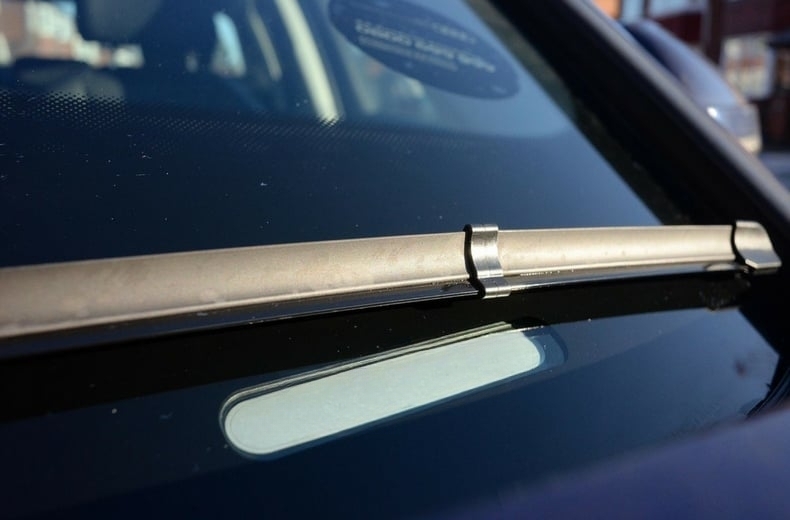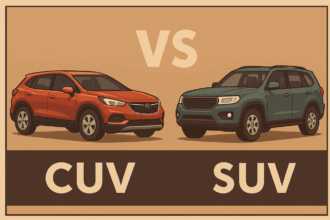Before buying my used car, I used this trusted tool for checking VIN history in the US — and it showed a past accident I didn’t know about. That single report saved me from purchasing a potentially unsafe vehicle. Today, VIN checks are an essential step in any used car transaction, offering peace of mind and vital transparency about a vehicle’s past.
What is a VIN?
The Vehicle Identification Number (VIN) is a 17-character alphanumeric code assigned to every motor vehicle at the time of manufacture. This unique code acts as the car’s fingerprint and provides detailed information about its history, specifications, and manufacturing origin.
The History of VIN
VINs were first introduced in the 1950s, but there was no standardized format. In 1981, the National Highway Traffic Safety Administration (NHTSA) mandated a uniform 17-character VIN format in the United States to help law enforcement and vehicle registration offices track vehicles more accurately.
| Year | Milestone |
|---|---|
| 1954 | Automakers began using VINs in various formats |
| 1981 | NHTSA mandates 17-character VIN format in the US |
| 1990s | Digital databases start archiving VIN-based vehicle histories |
| 2000s–Today | VIN checks become an integral part of used car sales |
What Information Does a VIN Reveal?
A properly conducted VIN check provides comprehensive data such as:
- Vehicle specifications (engine type, body style, transmission)
- Year, make, model, and place of manufacture
- Odometer readings and mileage discrepancies
- Past accident records
- Title and registration status
- Open recalls
- Salvage, junk, or flood damage history
- Number of previous owners
- Lien records and theft reports
Where is the VIN Located?
You can typically find the VIN in the following locations on a vehicle:
- Dashboard near the windshield on the driver’s side
- Inside the driver’s side door jamb
- On the engine block or under the hood
- Vehicle registration and insurance documents
How Does VIN Checking Work?
VIN checking services pull data from multiple national and private databases including:
- DMV records
- Insurance companies
- Repair shops
- Auto auctions
- Salvage yards
- Police and theft reports
Top Uses for a VIN Check
- Buying a Used Vehicle: Protects against fraud and reveals any red flags.
- Selling a Vehicle: Adds transparency and builds buyer trust.
- Insurance Quotes: Insurers use VIN data to calculate premiums and verify risk.
- Vehicle Recalls: Ensure the vehicle isn’t subject to unresolved manufacturer recalls.
- Financing and Title Checks: Verifies the title is clean and not under lien.
Free vs. Paid VIN Reports: What’s the Difference?
| Feature | Free VIN Check | Paid VIN Check |
|---|---|---|
| Basic Vehicle Specs | Yes | Yes |
| Accident History | Limited | Comprehensive |
| Odometer Rollbacks | No | Yes |
| Salvage/Junk Records | No | Yes |
| Theft Checks | Sometimes | Yes |
Common Red Flags in VIN Reports
- Multiple owners in a short time
- Vehicle declared a total loss
- Reported odometer rollback
- Salvage or flood damage titles
- Use in taxi or rental fleets
- Unresolved recalls
How to Choose a Reliable VIN Check Tool
When selecting a VIN service, look for:
- Access to national and state DMV records
- Accredited and secure data handling
- Comprehensive reporting format
- Clear user interface and fast processing
- Verified customer reviews
Legal and Regulatory Perspective
In many states, it’s a legal requirement for dealers to provide VIN-based history reports. The FTC and NHTSA also encourage consumers to run independent checks before making a purchase. Transparency protects both parties and improves safety on public roads.
Conclusion
In today’s used car market, a VIN check isn’t just a smart move—it’s essential. This unique identifier opens a window into a vehicle’s entire life story. From preventing scams to uncovering hidden damage, a thorough VIN report empowers you to make confident, informed decisions. Always choose a trusted platform and verify every used car before purchase.







